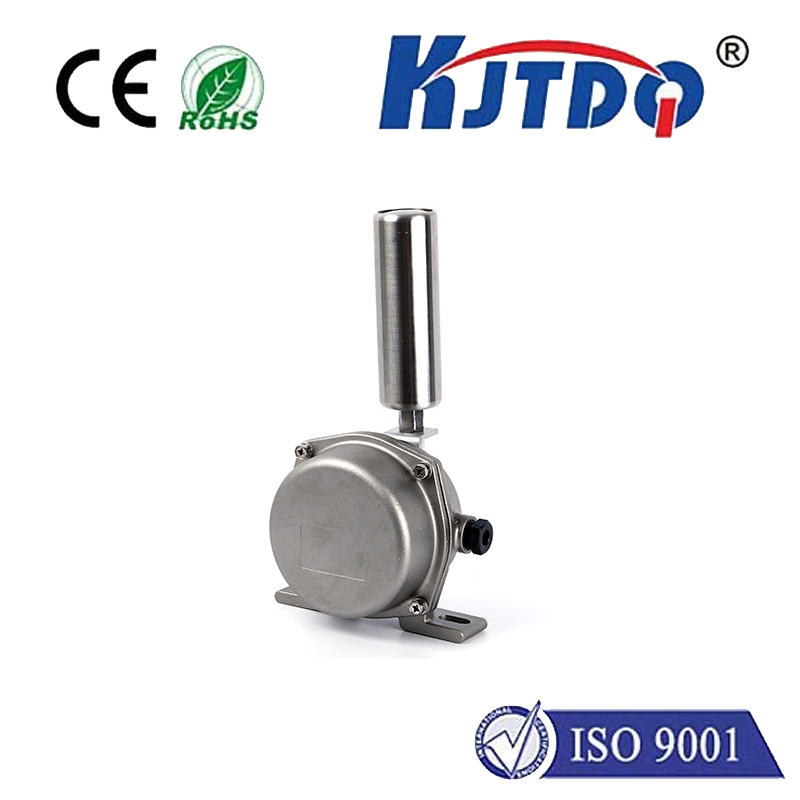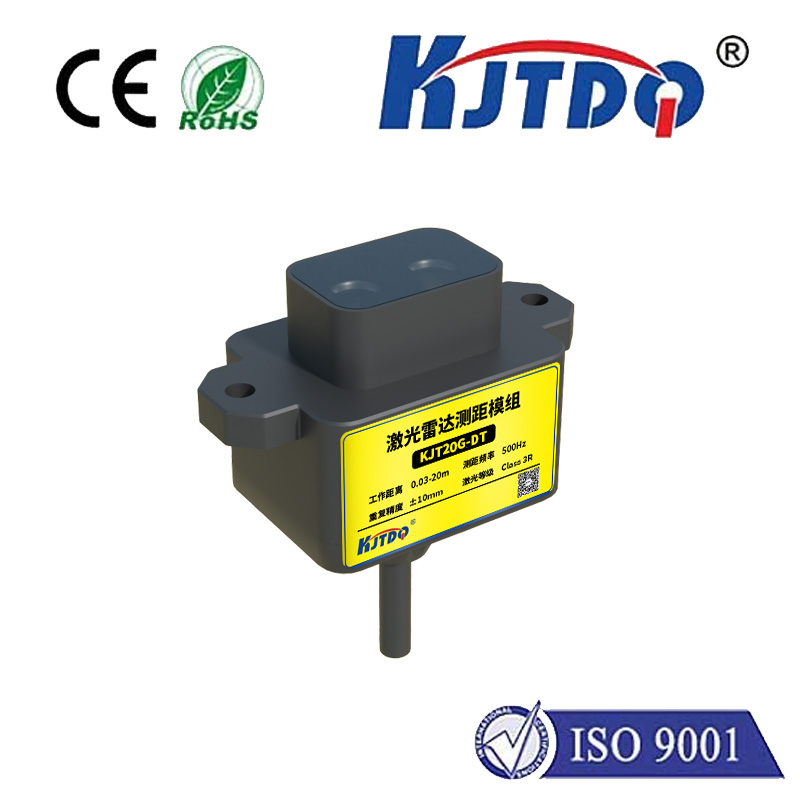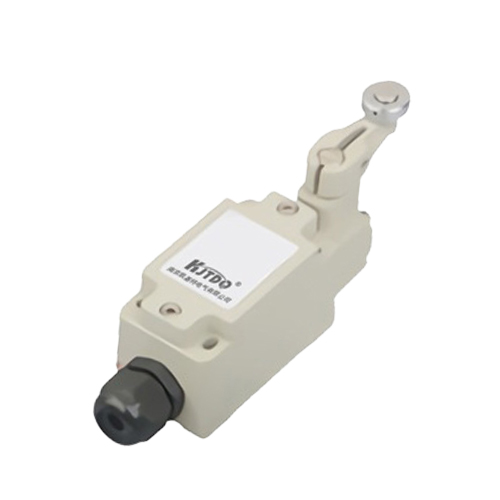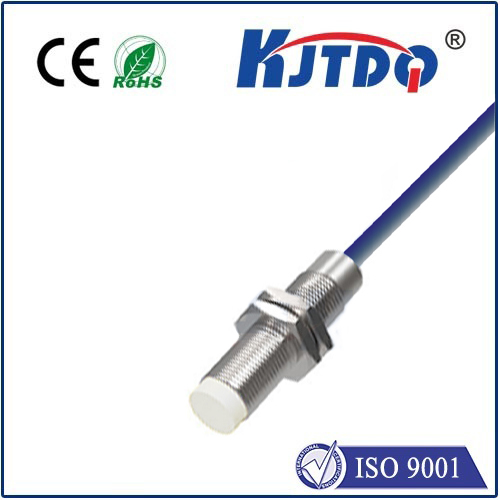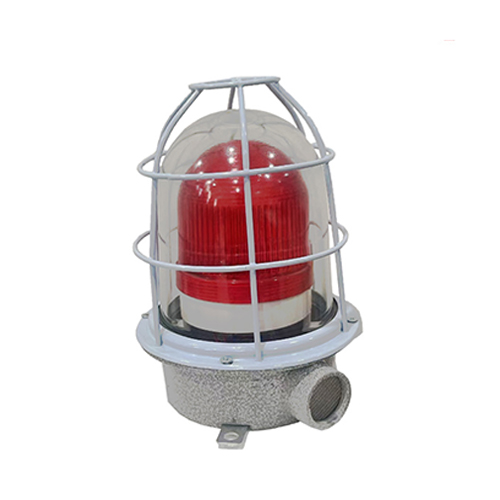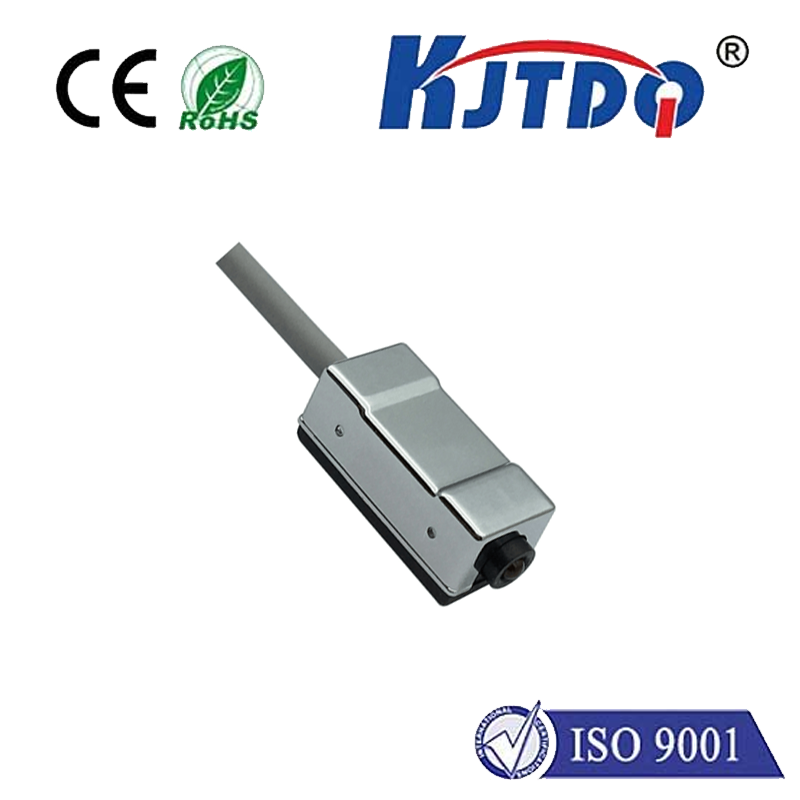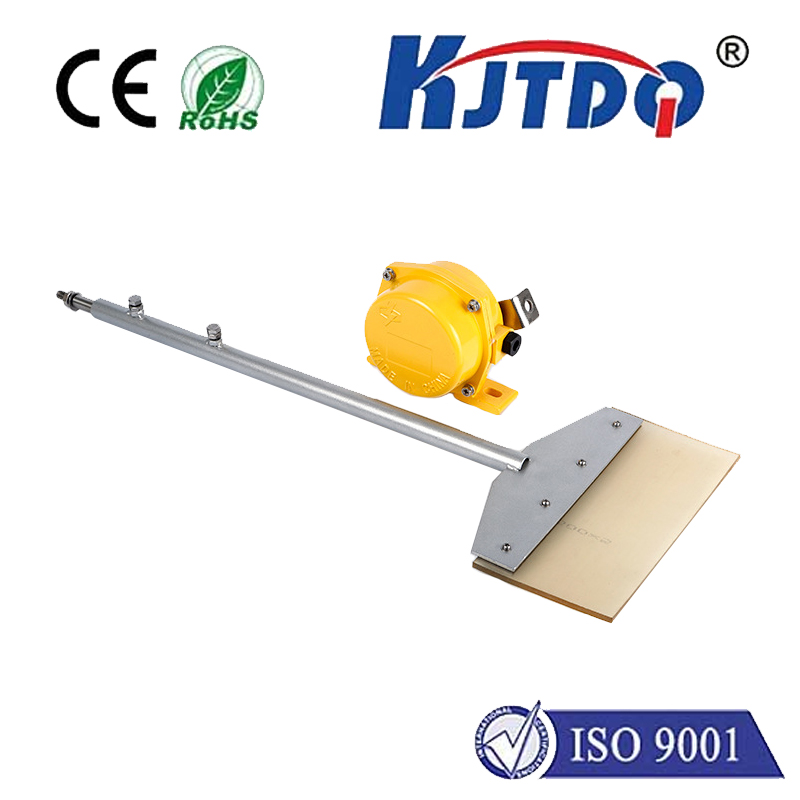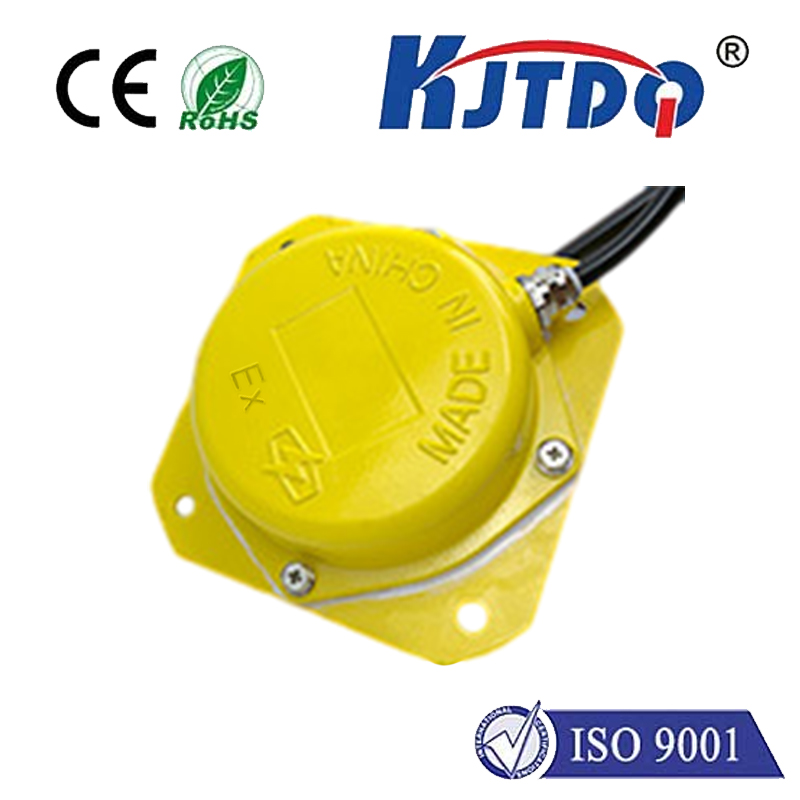vicinity sensor
- time:2025-06-28 02:43:37
- Click:0
Unseen Guardians: The Crucial Role of Vicinity Sensors in Modern Technology
Imagine stepping towards an elevator door, and it silently glides open without a touch. Picture walking down a dim corridor, and lights gently illuminate your path, fading away as you pass. These moments of seamless interaction, where our environment seems to anticipate our presence, are often orchestrated by unsung heroes: vicinity sensors. These remarkable devices form the backbone of countless automated and safety-critical systems, bridging the gap between the physical world and intelligent response.
A vicinity sensor, by definition, is an electronic device designed to detect the presence or absence of an object (or person) within a specific range without physical contact. Unlike tactile switches or pressure plates, they operate remotely, offering non-intrusive monitoring. Their primary function is to trigger an action – like activating a mechanism, sounding an alarm, or sending a signal – based on the detected proximity of a target. The “vicinity” itself varies greatly, spanning from millimeters to several meters, depending entirely on the sensor’s underlying technology and application requirements.
Understanding the Core Technologies
The diverse applications of proximity detection are powered by several distinct sensing principles, each with unique strengths:

- Capacitive Sensors: These detect changes in an electrostatic field surrounding their active area. When an object (especially conductive or dielectric) enters this field, it alters the capacitance, triggering detection. They excel at sensing materials like metal, water, plastics, and even the human body through non-metallic barriers. Common uses include touchless faucets, liquid level sensing, and presence detection on conveyor belts.
- Inductive Sensors: Specifically tuned for metallic objects, these sensors generate an oscillating electromagnetic field. A ferrous or non-ferrous metal target entering this field induces eddy currents, causing a detectable change in the sensor’s oscillation. Highly reliable and robust, they are the go-to choice in harsh industrial environments for position sensing of machinery parts, object counting, and metal detection.
- Ultrasonic Sensors: Operating like sonar, these emit high-frequency sound pulses and measure the time it takes for echoes to return. Distance to the nearest solid object is calculated based on the speed of sound. They are excellent for distance measurement, level monitoring of bulk materials in tanks, and detecting objects regardless of material, color, or transparency. Parking assistance systems heavily rely on them.
- Photoelectric Sensors (Proximity Mode): While often used for long-range detection, certain photoelectric types (like diffuse reflective) work effectively as short-range vicinity sensors. An emitter sends a light beam (visible, infrared, or laser); a receiver detects the beam either directly (through-beam) or reflected off the target (diffuse). They detect a wide variety of materials and are vital in object detection on assembly lines, conveyor systems, and automated packaging.
- Magnetic Sensors (Reed Switches/Hall Effect): These specifically detect the presence of a magnetic field, usually generated by a small permanent magnet. When the magnet approaches (enters the vicinity), the sensor activates. They are incredibly reliable for door/window security sensors, position sensing, and applications requiring low power consumption.
Pervasive Impact Across Industries
The capabilities of proximity sensing quietly power countless facets of our daily lives and industrial processes:
- Industrial Automation: The undisputed backbone of modern manufacturing. Vicinity sensors ensure precise positioning of robotic arms, count objects on high-speed lines, verify part presence before machining, control automated guided vehicles (AGVs), and monitor bin levels. Their robustness and reliability under demanding conditions are critical for efficiency and safety.
- Consumer Electronics & Appliances: Smartphones utilize capacitive sensors for touchscreens and approach detection (turning off the screen while on a call). Touchless soap dispensers, faucets, and paper towel holders rely almost universally on this technology. Automatic hand dryers and some smart home presence detection features also employ vicinity sensors.
- Automotive: Beyond parking sensors (ultrasonic), modern vehicles incorporate proximity detection for keyless entry/passive start systems (where the fob’s presence unlocks the car or allows ignition), automatic tailgates, collision avoidance warning systems, and even occupancy sensing for enhanced airbag deployment strategies.
- Building Automation & Security: Motion-activated lighting often uses PIR (Passive Infrared) sensors, a form of vicinity detection based on heat signature. Security systems utilize magnetic sensors on doors/windows. Capacitive sensors can enhance touchless access control. HVAC systems might use occupancy sensors for energy savings. Elevators depend heavily on proximity sensors for door control and safety curtains.
- Retail & Logistics: Automated doors at store entrances rely on motion or presence detection. Inventory management systems use sensors to track goods movement. AGVs in warehouses navigate and avoid obstacles using arrays of proximity sensors.
Seamless Integration: The Key to Functionality
The true power of a vicinity sensor lies not just in detection, but in its integration within a larger system. Integrating a new proximity detector involves careful consideration of several factors:
- Type Selection: Matching the sensor technology (inductive, capacitive, ultrasonic, etc.) to the target material, required sensing distance, environmental conditions (dust, moisture, temperature), and cost constraints is paramount.
- Range & Sensing Field: Understanding the precise detection range needed and the shape of the sensor’s field (e.g., narrow beam vs. wide cone) ensures reliable operation and avoids false triggers.
- Output Type: Sensors typically provide simple digital outputs (PNP/NPN transistor switching) or analog signals (e.g., 4-20mA, 0-10V representing distance). Selecting the right interface (like NPN vs PNP transistor outputs) is crucial for connecting to PLCs, microcontrollers, or other control systems.
- Environmental Resilience: Sensors deployed in factories need high resistance to vibration, electromagnetic interference (EMI), oils, and coolants. Outdoor sensors require weatherproofing (IP ratings). Choosing the appropriate housing and specifications is essential for longevity.
- Power Requirements: Ensuring compatibility with the available power supply voltage is a fundamental integration step.
The Future of Sensing Vicinity
As technology evolves, so do proximity sensors. Advancements focus on:
- Miniaturization: Creating ever-smaller sensors for integration into wearables and compact devices.
- Enhanced Intelligence: Sensors incorporating basic processing capabilities for filtering noise, adapting sensitivity, or providing more diagnostic information.
- Multi-Technology Fusion: Combining different sensing principles (e.g., capacitive + infrared) within a single unit for more robust detection across challenging scenarios.
- Wireless Connectivity: Enabling easier installation and integration into IoT (Internet of Things) networks for remote monitoring and data collection.
- Increased Range and Resolution: Improving accuracy for demanding applications like robotics and autonomous systems.
From the factory floor to our smartphones and homes, vicinity sensors are the unseen facilitators of automation, safety, and convenience. Their ability to detect presence and proximity reliably and non-intrusively makes them indispensable components in our increasingly automated world. As they continue to evolve, becoming smarter, smaller, and more connected, their role in shaping responsive and intelligent environments will only grow more profound. Understanding these fundamental building blocks reveals the intricate intelligence woven into the fabric of modern technology.






